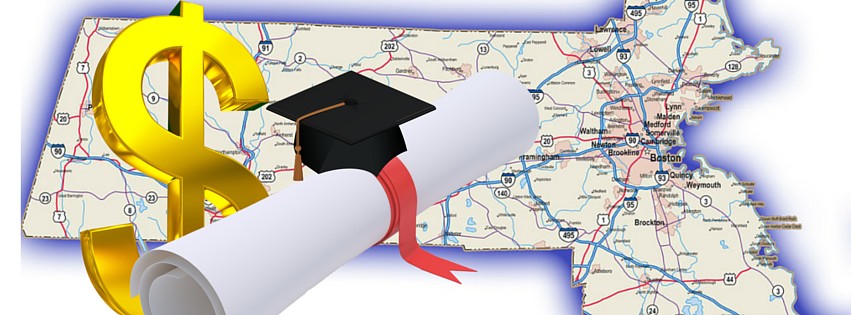Grapes for the Grabbing – employment report trumpets job gains… again
by Gary Kaplan, JFYNetWorks Executive Director
In the Greek myth, Tantalus is condemned to an eternity of torment. Every time he reaches for the ripe grapes that dangle over his head, the boughs recede from his grasp. This is the torment visited upon a large segment of our workforce every time the monthly employment report trumpets job gains. Yes, jobs are being created. But almost all the net gain is in jobs that require a college degree.
70% of jobs will soon require post-secondary education, but only 46% of Massachusetts high school graduates complete a degree, two or four-year, within 7 years of high school graduation. We are producing 6000 too few college graduates every year. If virtually everyone needs a college degree, or equivalent post-secondary technical training, how are we going to increase our rate of college completion?
As President Obama has pointed out, the crucial institution is the community college. There are two principal reasons: access and cost. Community colleges accept all applicants with a high school credential regardless of grades, SAT scores or other screens. State universities and UMass do not accept all applicants. Community colleges cost less than the other schools. Full- time tuition and fees at a Massachusetts community college total $4500 to $5500 annually depending on course load. The comparable cost at a state university is about $8500. The University of Massachusetts campuses range from $12,000 to $14,000. (None of these rates include living expenses, books, travel or other costs.) For students of low income or low high school grade point average, community college is the most accessible, and often the only, option.
But there is a problem with these institutions: the 20% graduation rate. Access and low cost are fine, but not if they don’t lead to a degree. Why is the community college graduation rate so low? And what can be done to increase it?
The President has advocated free tuition. Thomas McLarty, writing in the Wall Street Journal, suggested business-sponsored apprenticeships and volunteer mentors (Equality Needs More than Free Tuition, WSJ 2/16/15). The New York Times offered the CUNY community college program “Accelerated Study in Associate Programs” (ASAP) (Community Colleges That Work, 2.27.15).
But McLarty’s European-style apprenticeships would require a level of business involvement and investment that has no precedent in this country; and ASAP’s intensive package of advising, tutoring, tuition waivers and expense money costs $5428 per student per year for three years – $16,284 per student over what CUNY normally spends. Neither of these solutions is feasible, and community college tuitions are already so low that the President’s proposal does not constitute a substantial change.
What, then, can we do?
Let’s take another look at the community college graduation rate. Yes, it’s low. But remember, these institutions admit all applicants regardless of high school record, SAT scores or skills. 52% of incoming community college students nationally (63% in Massachusetts) do not have the basic reading and math skills to do community college-level work. When given the standard skill-assessment tests used for course placement they fall short of the cut-off scores and are placed in non-credit remedial courses that cost full tuition and fees but do not count toward a degree. After a semester or two of these remedial (also called “developmental”) courses, 90% drop out. This is the principal cause of the low community college graduation rate: low entering skills.
The cure is to make sure that high school students do have the necessary reading and math skills to meet community college standards by preparing them for those placement tests. Almost all high schools prepare students for the SAT—but the SAT does not determine community college course placement. In 2/3 of US community colleges, the Accuplacer does. In others, Compass and ACT do. Yet almost no high schools prepare students for these crucial placement tests. If every high school that sends graduates to community colleges instituted a preparatory course in junior and senior year for their state’s college placement test, we would see community college graduation rates rise.
MDRC, the think tank that evaluated the CUNY program, cautioned that expensive programs like ASAP “are more costly and difficult to scale up.” As an alternative , MDRC advised “increasing the number of students who arrive at college prepared to do college level work” by testing high school students with the same assessment instruments that are used in college. The Community College Research Center at Columbia University has recommended the same strategy, incorporating a focused instructional component to build the necessary skills.
These are useful suggestions. We can prepare high school students for college level work by assessing them with college placement tests, and then remediating academic weaknesses while still in high school. This is a pragmatic, feasible strategy. It helps students avoid the dead end of remedial college courses and leads to higher graduation rates. And it doesn’t cost $5000 per student . JFYNetWorks does it for less than a tenth of that cost. Learn more here.
It doesn’t help the cause of colleges or students to tantalize them with elaborate and expensive enrichment programs that can’t be scaled or sustained. But improving college readiness in high school is an attainable goal. Those are grapes we should grab.











